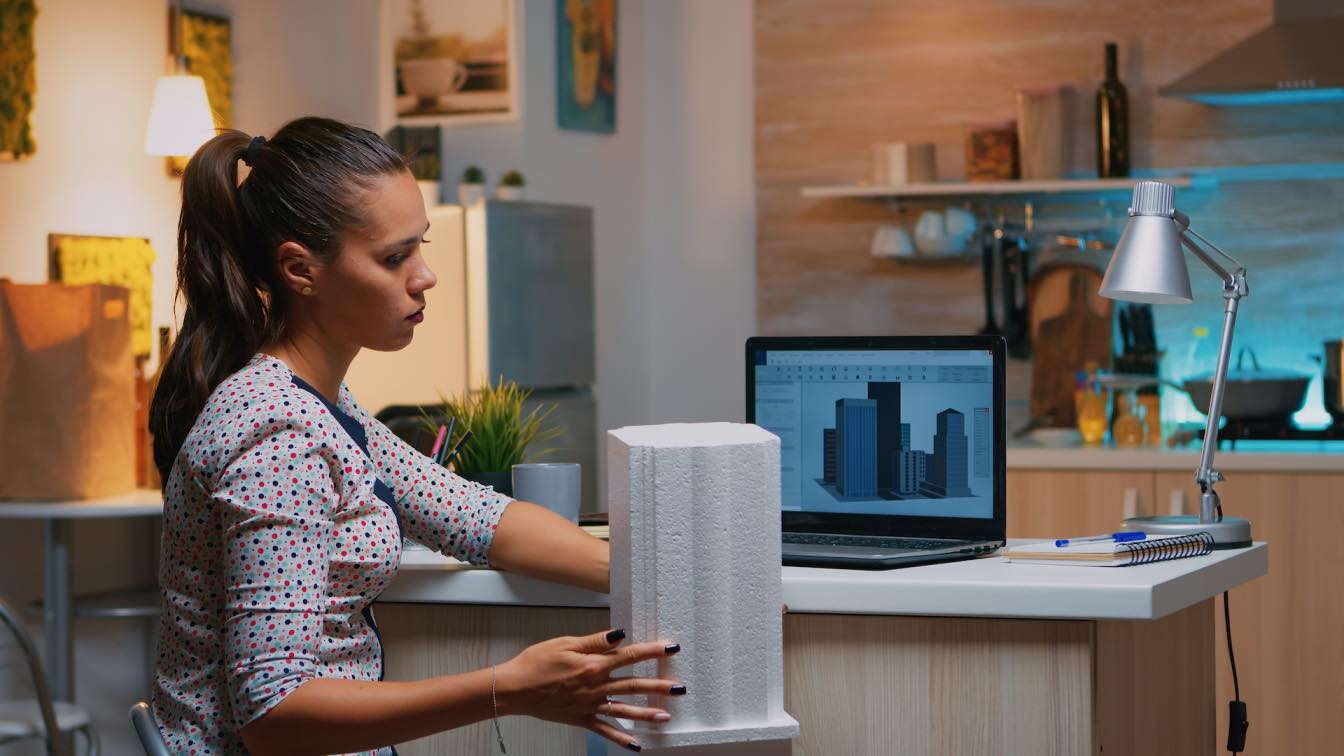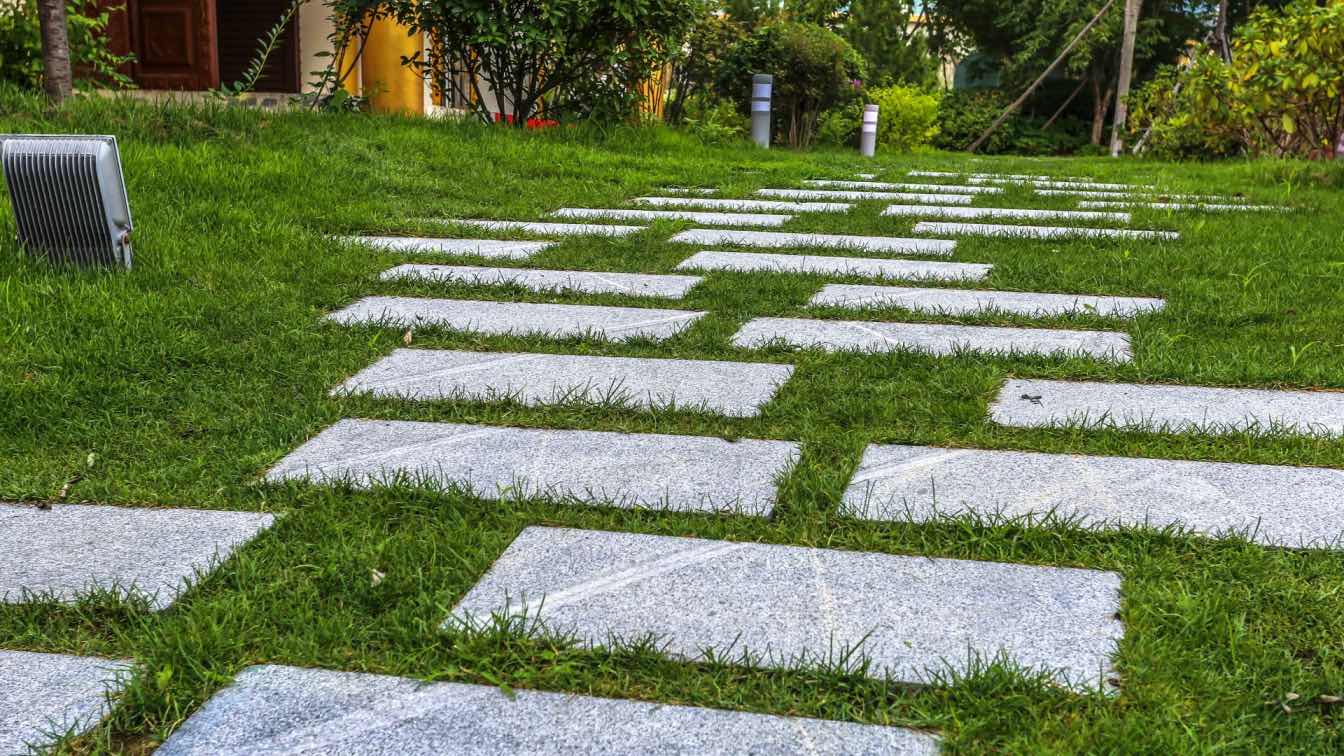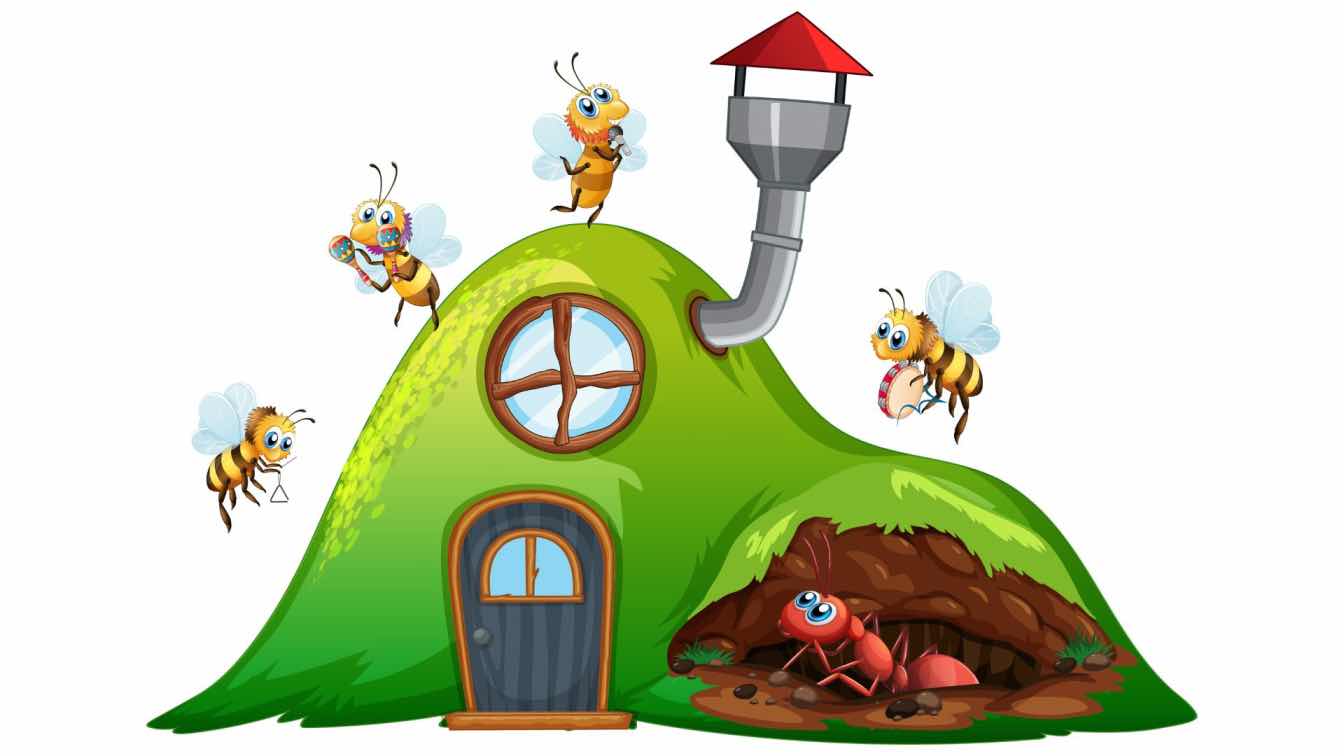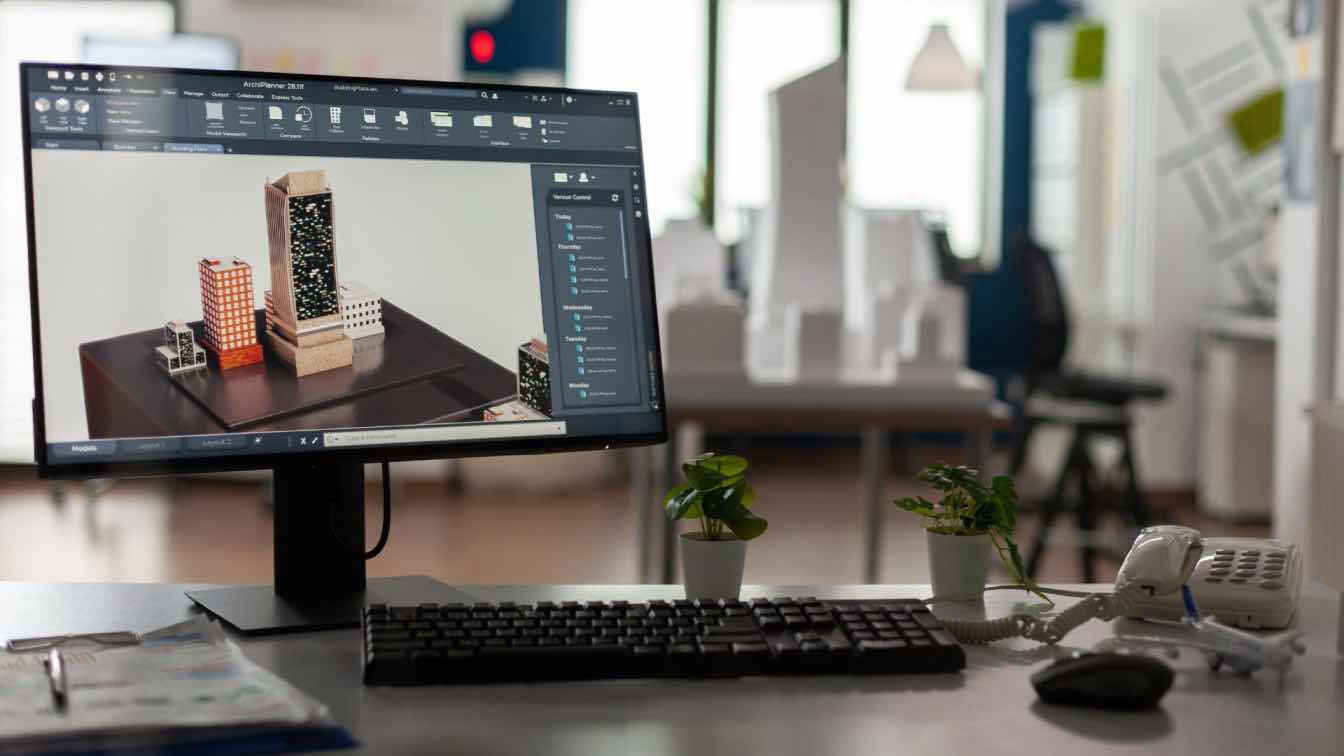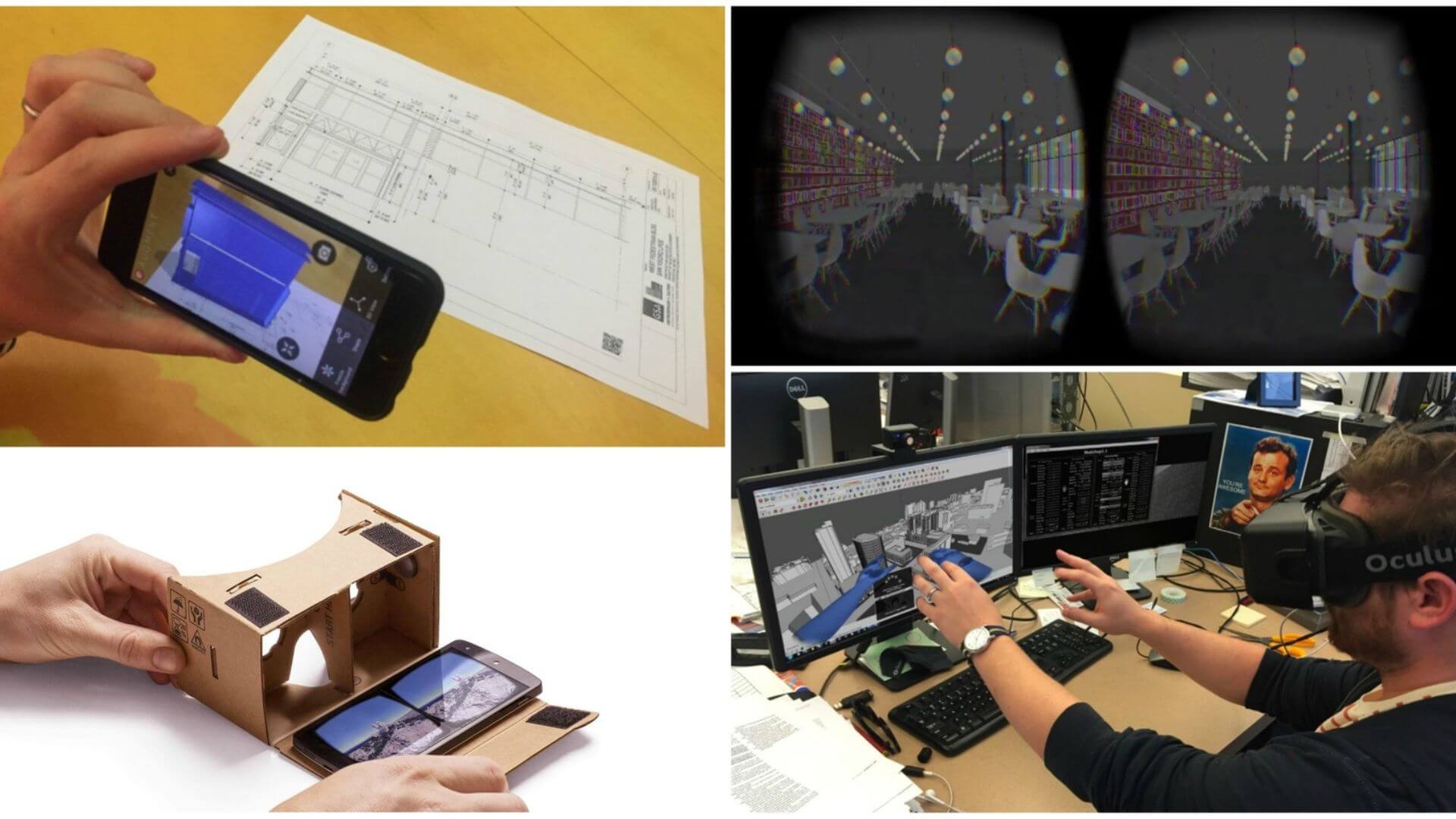“Architecture must have something that appeals to the human heart. Creative work is expressed in our time as a union of technology and humanity “– Ar. Kenzo Tange
The history of mankind’s evolution points out that all along, the love for art and design has been an inherent and potent component in everyday life. Be it the Mesopotamian, ancient Egyptian, the Indus Valley or then the Chinese civilizations, imagery through the tactile and the real was an integral quotient. Artefacts, pottery, wall engravings, utensils, etc of those days- they all showcase the urges of the people to embody art in their lifestyle. The architectural creations of this era played with geometric forms, symmetry and the moulding of traditional materials to entwine rhythmic linework and skilful detail. Technology was never a primary booster even in the later phase. The iconic Taj Mahal in Agra (India), Hagia Sophia, Istanbul (Turkey) and the Jagannath Temple, Puri (India) are but some examples of authentication. The art encapsulated in the form and interiors of these ancient monumental marvels embodied grace, delicacy in detail and a peep to the magnificent skills of the master craftsmen of the yester-years.
And yes, over a period, we have witnessed steady progression and diversification. We all know the bounce on architecture of the industrial revolution in the eighteenth century. The use of steel, reinforced concrete and glass greatly enhanced the strength and durability of buildings, larger span bridges were envisaged and above all, came the change in the visual aesthetics. With these newer materials available, architects got the opportunity to flex their creative muscles to redefine form, structure and adapt functionality. Initially monotonous buildings became eye soars in the horizon, gradually giving way to intricate and eye-catching structures like the Eiffel Tower, Paris, the Paddington Station, London, and such others. This was followed by the era of skyscrapers making their presence felt in the city skylines.
Ever since, this process has been an ever-evolving one. I get reminded. A cautionary thought of Ronald Regan, a former President of USA, comes to the mind, “We have not inherited an easy world. If developments like the Industrial revolution, which began in England, and the gifts of science and technology have made life much easier for us, they have also made it more dangerous.” The dangers surely surfaced in the dwindling of skilled craftsmanship, job losses, mass migration to bigger cities, degradation of the environment and increased pollution, unhealthy living habits, etc. It was in fact a strong reaction to the industrial revolution that the Arts and Crafts Movement gathered a momentum.
The Information revolution is another one that brought an avalanche in architecture. The after effects: traditional drafting instruments like the parallel bars, set squares, arcs, compasses, scales, etc in contemporary architecture practices becoming redundant with computer aided design systems/software allowing them to make complex three-dimensional drawings/models. Analytical simulation programs in the modern times have dramatically brought in reliability, time and cost reduction. Practices of Master architects such as Frank Gehry, Zaha Hadid, Santiago Calatrava and others who have used this technology to fructify form and design that never was conceivable or buildable in the recent past took the lead in the application of these systems. Art in architecture here has a newer equation. And incidentally, these design aids are also extensively being utilised in the allied arms of architecture such as structural design, landscape, services, etc.
To cap it all, we now have Artificial Intelligence (AI) having made its emerging presence felt in the profession. Called by many as ‘the ultimate master architect’ of the future and an ‘inhuman and robotic application’ by the purists, this phenomenon if one can call it that, is in the present, further easing repetitive work with lighting speed, adding practical design solutions with logistics all taken care off! Building Information Modelling (BIM) has made design of complex circular forms as simplified as designing with straight lines. We already have construction being done with 3D printers. Globally, this revolution in Digital and Communications’ technology is steadily transforming social, cultural, economic and even political patterns. A question that props up: Will architects gradually become redundant in the future? My take is- definitely not. No matter how advanced a technology, Human instincts, sensitivity and instinctive preferences can never be imitated or gauged. Technology can only assist on the basis of what the machines are fed. It can provide solutions on the basis of algorithms. However, the ever-regenerating Human intelligence, impulse and swings are extraordinarily difficult to predict. Nothing can replace human creativity and the emotive chord. This should not undermine the enormous value of these technologies. They are remarkable tools which are going to be a golden treasure for faster development, progress and hopefully constructive and positive evolutions at the micro as well as the macro planning stages.
These technology revolutions have also brought about radical transformations in the world of art. Intense debates go on as to the pros and cons of digital art which is finding a significant niche in interior design. Digital design is giving a newer face to the outlook of spaces. In art too, replacing the brush with the computer-strokes is at present very remote. Art and architecture have always gone hand-in-hand. Let’s realistically accept that they now have another close friend called ‘Technology’ with them. I’m sure that with the mystic human ingenuity in the forefront, the ‘three friends’ would be led-on to discover that right balance to express creativity in a modern contextualised idiom. Definitions and interpretations in art and architecture have always found newer dimensions with passing time. Let’s show faith in Erich Fromm’s belief, “Creativity requires the courage to let go of certainties.”
Let’s not forget that the world-order dynamics of the twenty-first century is evolving at a rapid pace, where concerns for a healthy human habitat are equally serious. If new-age technology can assist in bringing efficiency and order in our chaotic urban and city spaces, then why not embrace it? If digital technology can be explored to assist in better planning and improvement of the living conditions of the masses, then why not welcome it? Its utility is not merely limited to design and construct out-of-the-world building structures. It can well be a positive game-changer to resolve complex urban and city planning issues. In countries like Saudi Arabia, futuristic cities like ‘THE LINE’ are being envisaged using these technologies to bring in a revolution in urban living.
One is reminded of an observation by Narayana Murthy, the founder of Infosys, “Engineering or technology is all about using the power of science to make life better for people, to reduce cost, to improve comfort, to improve productivity, etc.” It resonates with me.
Let the parallel bar, set square, the paint brush and AI collectively find their own rhythm to connect with nature for cleaner, relatable and pulsating environs for the present and future where living is a pleasant experience.
(Architect Suneet Paul based in Delhi, is a former editor-in-chief of Architecture + Design. He has penned numerous articles on architecture/design, authored a couple of short fiction books, and has won awards for his dedicated contribution to the profession.)

